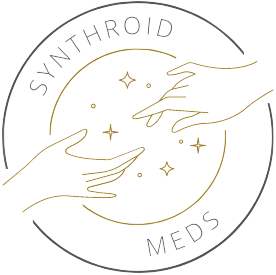Express delivery and free returns within 28 days
- Phone: +498102727850
Methylone, a psychoactive compound belonging to the phenethylamine class, has garnered significant interest in pharmacology and neuroscience due to its stimulant properties and potential therapeutic applications. This article aims to provide a comprehensive overview of Methylone, elucidating its synthesis methods, chemical properties, and pharmacological effects.
If you want to buy methylone you can do it here https://bbgate.com/threads/synthesis-of-methylone-bk-mdma-from-catechol.25/.
The synthesis of Methylone involves intricate chemical processes aimed at constructing its characteristic molecular framework. Various synthetic routes have been developed to access Methylone with high efficiency and purity, often involving reactions between precursor compounds and functional group modifications. The resulting compound exhibits distinct structural motifs and chemical properties, contributing to its pharmacological effects and therapeutic potential.
Methylone possesses unique chemical properties driven by its molecular structure, including its ability to act as a potent central nervous system stimulant. Its pharmacological effects are mediated by its interaction with neurotransmitter systems in the brain, particularly dopamine and serotonin. Methylone is known to induce euphoria, increased energy, and enhanced sociability, making it desirable for recreational use but also posing risks of addiction and adverse health effects.
While Methylone has been investigated for potential therapeutic applications, its safety profile and efficacy remain subjects of ongoing research and debate. Clinical trials exploring its use in the treatment of psychiatric disorders or substance abuse have yielded mixed results, highlighting the need for further investigation into its pharmacological properties and therapeutic mechanisms. Moreover, the potential for abuse and dependence necessitates caution in its clinical use and regulatory control.
In conclusion, Methylone represents a pharmacologically important compound with stimulant properties and potential therapeutic applications. Its synthesis, chemical properties, and pharmacological actions underscore its relevance in the domains of neuroscience, psychiatry, and pharmacotherapy. Continued research efforts aimed at elucidating its mechanisms of action and evaluating its therapeutic potential are essential for maximizing the benefits of Methylone while minimizing the associated risks.
Information for preparing this article was taken from the site: https://en.wikipedia.org/wiki/Methylone

Sed ut perspiciatis, unde omnis iste natus error sit voluptatem accusantium doloremque laudantium
